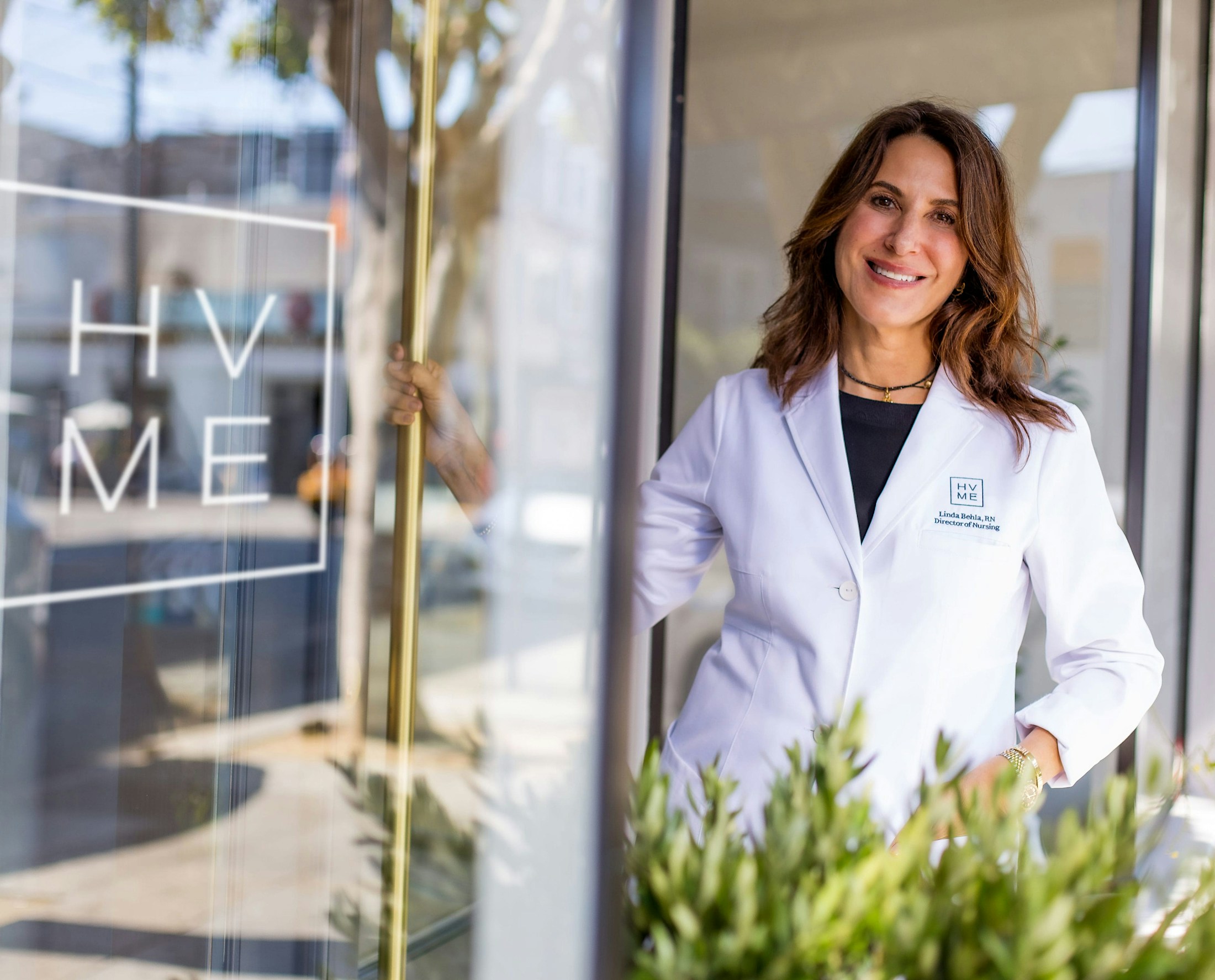Visiting HVME means enjoying access to a wide range of advanced skincare products, each one giving you the ability to address your cosmetic concerns and enjoy a more rejuvenated look.
Skincare Products Frequently Asked Questions
What are medical-grade skincare products, and how are they different from over-the-counter (OTC) products?
Medical-grade skincare products contain higher concentrations of active ingredients, are often backed by clinical studies, and penetrate deeper into the skin. Unlike OTC products, they’re formulated to target specific skin concerns, such as acne, aging, and hyperpigmentation, and are typically available through licensed medical providers.
Are medical-grade skincare products suitable for all skin types?
Yes, medical-grade skincare products are formulated for various skin types and concerns. Many brands offer options for sensitive, oily, dry, and combination skin, allowing providers to create a personalized routine that suits each individual’s skin type and addresses specific needs.
Are medical-grade skincare products worth the investment?
Yes, medical-grade skincare products are generally worth the investment due to their high-quality ingredients, potency, and clinical testing. They’re more likely to deliver visible results than OTC products, especially for specific concerns like acne, pigmentation, and signs of aging.
How long does it take to see results from medical-grade skincare products?
Results from medical-grade skincare products vary depending on the specific product and skin concern. Many products show initial improvements in as little as 2-4 weeks, while results for anti-aging products may take 8-12 weeks as they stimulate collagen and other structural changes in the skin.
What is SkinMedica®, and what skin concerns does it address?
SkinMedica® is a medical-grade skincare line offering products formulated with advanced ingredients like growth factors, peptides, and antioxidants. It addresses concerns such as fine lines, wrinkles, uneven skin tone, sun damage, and texture, making it suitable for anti-aging and skin rejuvenation.
How does Latisse® work to enhance eyelash growth?
Latisse® is a prescription treatment containing bimatoprost. It extends the growth phase of eyelashes and increases their number, thickness, and darkness over time. It is applied to the lash line nightly, and noticeable results are usually seen after 8-16 weeks of consistent use.
Is Latisse® safe, and are there any side effects?
Latisse® is generally safe when used as directed. Some users may experience mild side effects like redness, itching, or darkening of the skin along the lash line. Rarely, it may cause changes in iris color, particularly in those with lighter eyes.
Can Latisse® be used on the lower lashes?
No, Latisse® should only be applied to the upper lash line. Applying it to the lower lashes can increase the risk of side effects and may cause unwanted hair growth in areas where the product spreads. Following the application instructions carefully ensures safe and optimal results
What is Upneeq, and how does it help with droopy eyelids?
Upneeq is a prescription eye drop containing oxymetazoline, which temporarily lifts the upper eyelids by stimulating the muscles responsible for raising them. It’s a non-surgical solution for mild ptosis (droopy eyelids), providing a subtle lift that typically lasts several hours.
How soon will I see results from using Upneeq?
Upneeq starts working within 15-20 minutes of application, with the full lifting effect visible after about one hour. The results last approximately 6-8 hours, making it ideal for temporarily correcting droopy eyelids for special occasions or daily use as needed.


